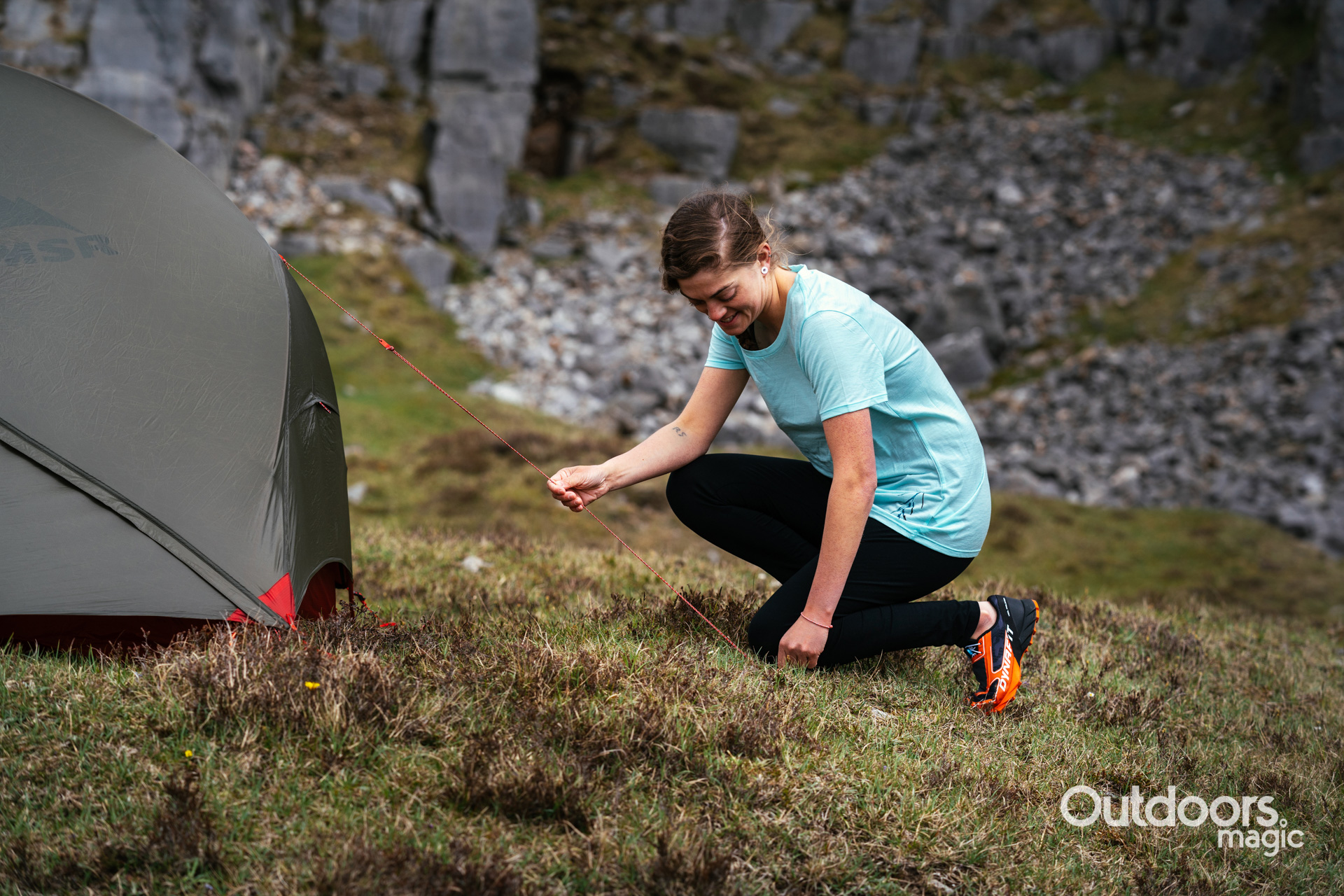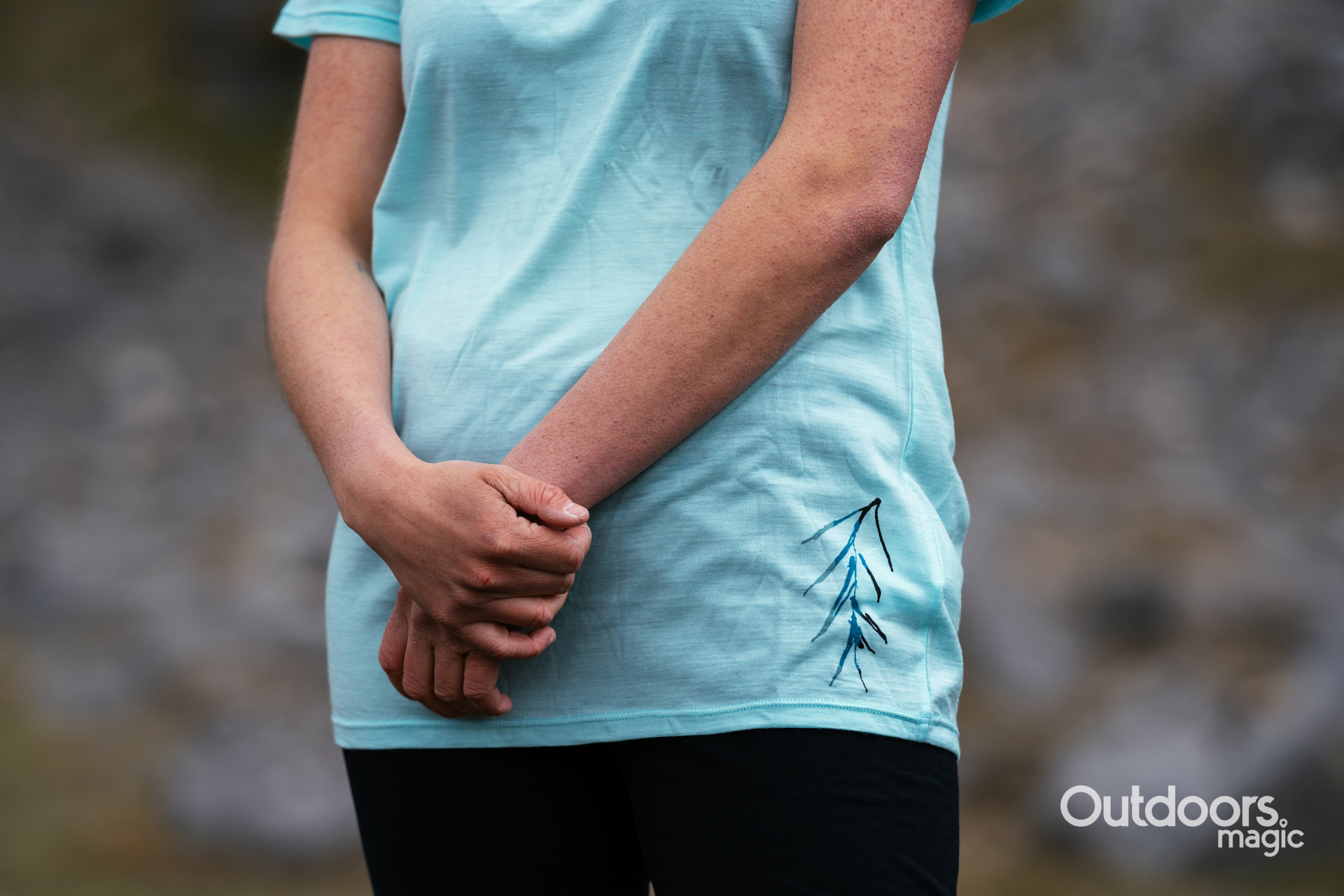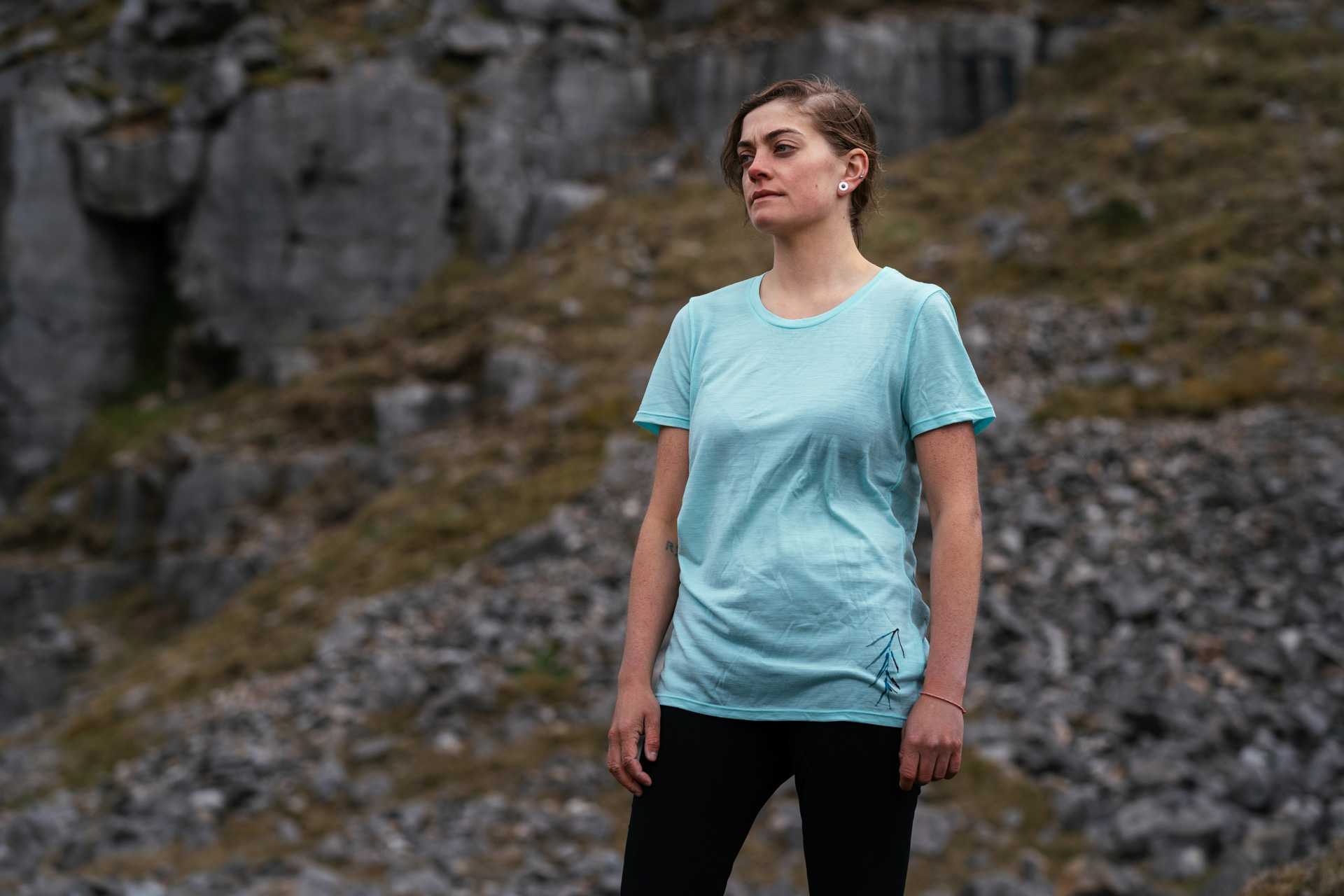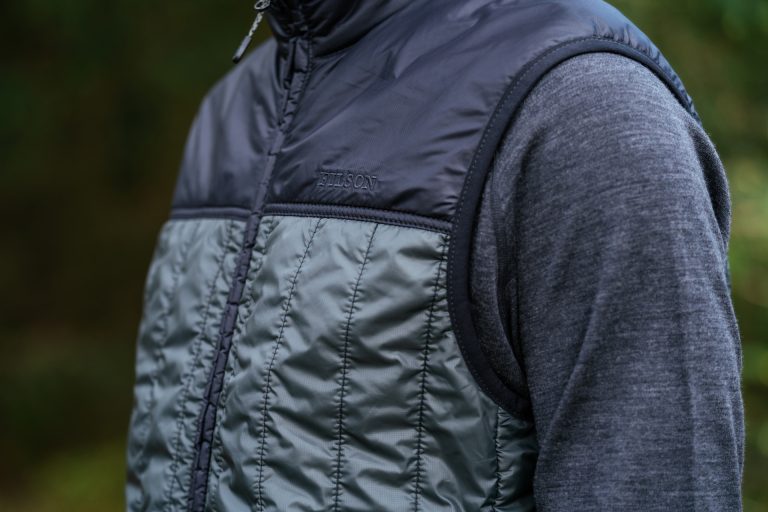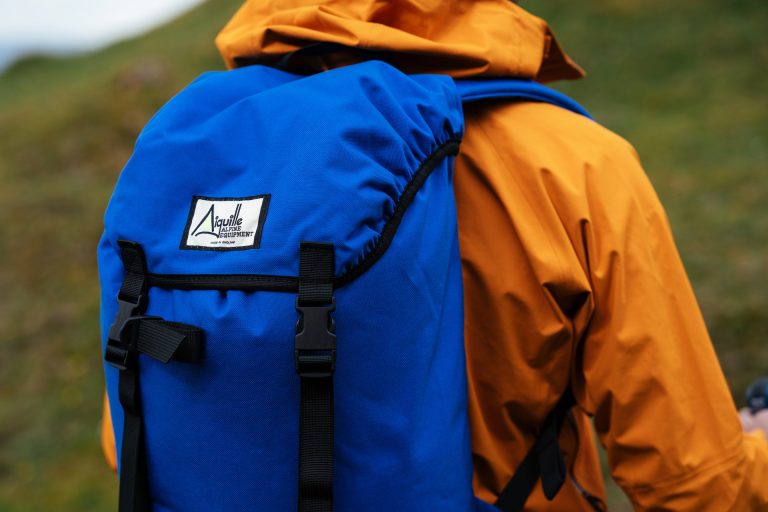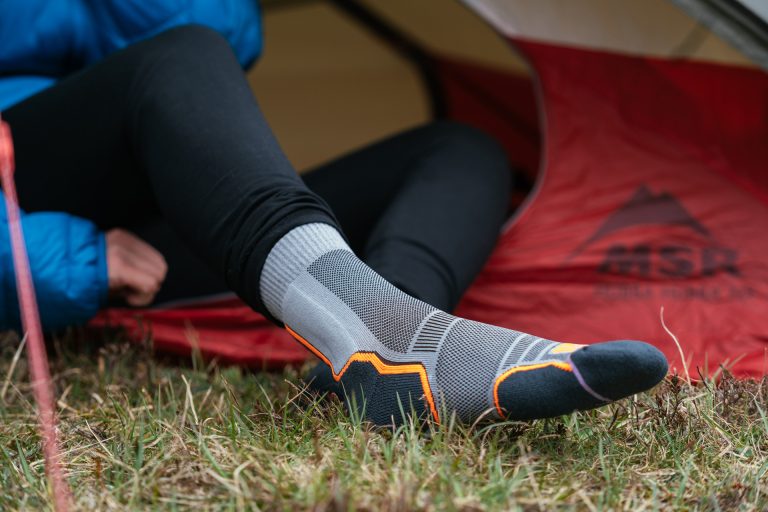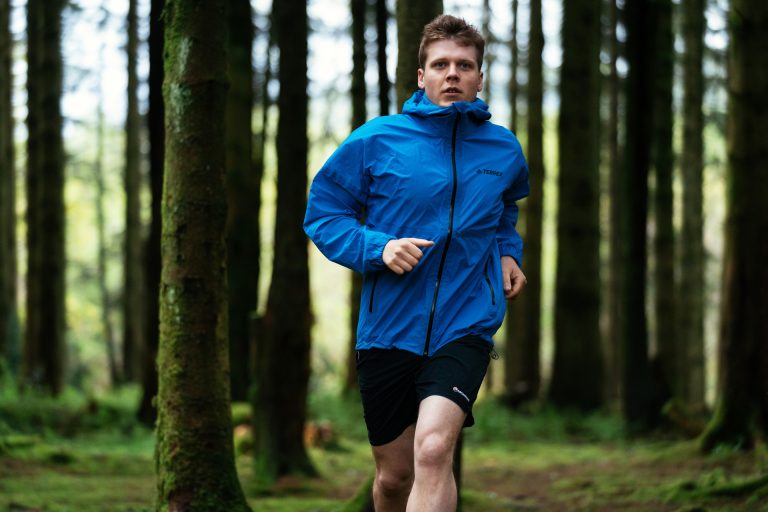Why We Chose The Icebreaker Cool-Lite: Breathability, comfort, odour resistance, quick drying.
Icebreaker was founded back in 1995 by a then 24-year-old called Jeremy Moon, who, while backpacking around New Zealand, had a chance encounter with a sheep farmer who showed him a t-shirt he’d made using wool from his merino sheep. Having spent some time wearing a sweaty and smelly synthetic baselayer during his travels, Moon instantly noticed the difference in comfort and performance, and realised it was something the hiking world needed to know about. So, after remortgaging his house, he threw everything he had into creating his own outdoor baselayer brand.
“It was by chance that Jeremy came across Merino wool, after being recommended to visit a sheep farmer who had produced some prototype Merino baselayers.”
Merino is able to absorb moisture (sweat) at a very quick rate, and it’ll retain up to 30% of its weight in it without feeling wet to the touch. This is because it naturally spreads this moisture out thinly throughout woven fibres, something that in turn increases the rate at which it gets transferred to the atmosphere. Long story short, Merino has excellent wicking qualities.
With these moisture management capabilities of Merino, the added bonus is that it means bacteria doesn’t have the environment it needs to create odour. 100% Polyester baselayers, on the other hand, require the use of treatments such as Polygiene to keep them smelling fresh. Merino wool does it all the natural way.
Remember that old wooly jumper that you were forced to wear as a kid? The one that used to feel like you had a few pads of wire wool strapped around your neck, constantly itching you every time you dared move? Well thanks to Merino’s finer and softer nature, it’s infinitely more comfortable to wear than traditional wool. On top of this, Merino is a naturally stretchier type of wool, allowing it to hug your contours and flex with your movements comfortably.

